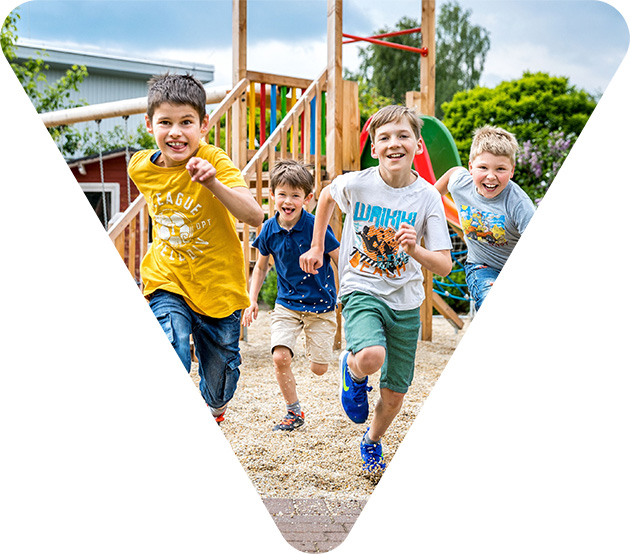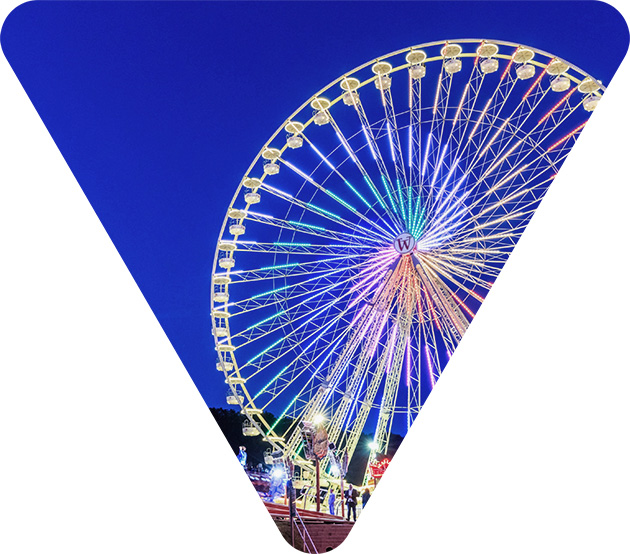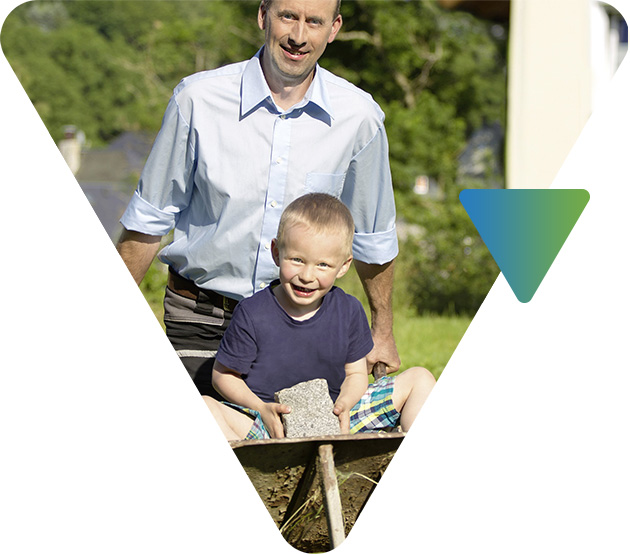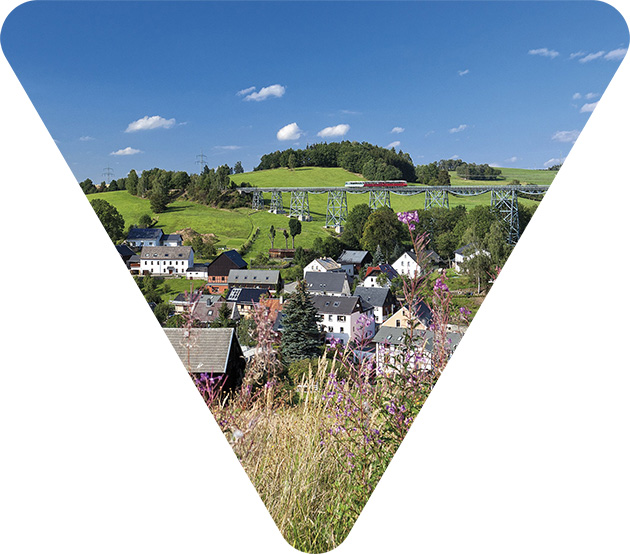What is life like in the Ore Mountain district?
The Ore Mountains are eastern Germany’s most populous rural district, but nonetheless offer plenty of peace, quiet and space to live. Families appreciate the strong social network in which their children can grow up safe, sound and close to nature. With only 3.4 offences per 100 inhabitants, the district has the lowest crime rate in Saxony. The many centres for children and young people in the Ore Mountains specialise in sports, music and creativity. Even from a very early age, children benefit from a well-developed childcare system. With 7.7 childcare places per 100 inhabitants, the Ore Mountains are well above the national German average of 4.7 places.
There is also an above-average number of primary schools in the district, with the ratio of children per teacher putting them in the top quarter of all German primary schools. The 19 vocational schools and three universities in Freiberg, Breitenbrunn and Schneeberg, as well as the region's proximity to the universities in Chemnitz and Zwickau, ensure that companies will continue to find the skilled workers they need.
Low construction prices (at 45 euros per m2, the Ore Mountain district ranks third nationwide) and a strong property market for homeseekers makes families’ dream of owning their own home both possible and affordable. The cost of living is surprisingly low for such an attractive holiday region.








